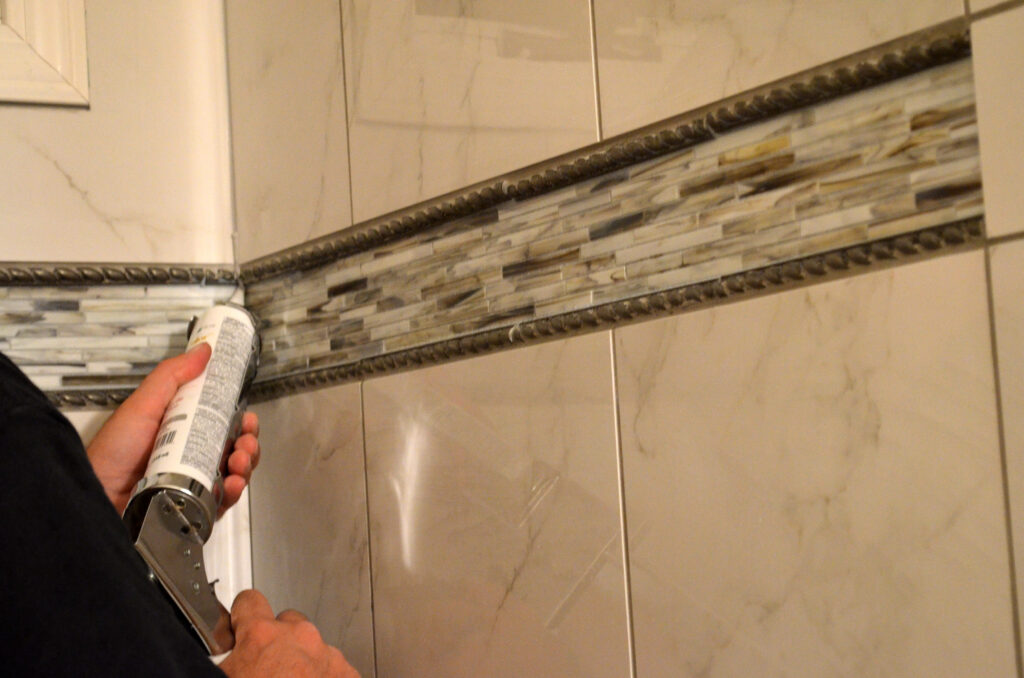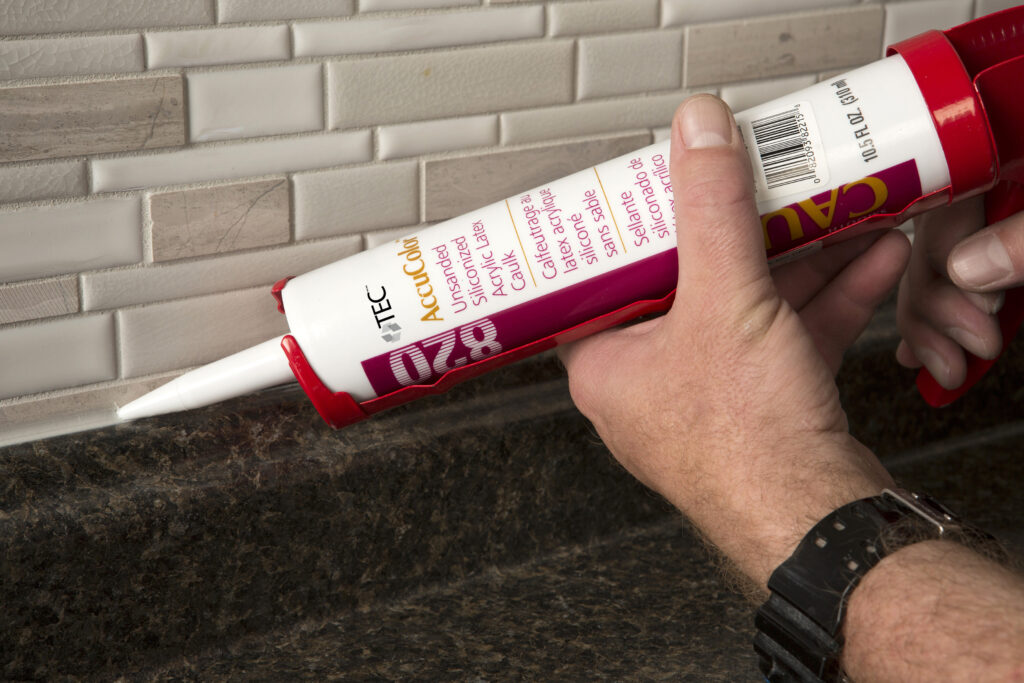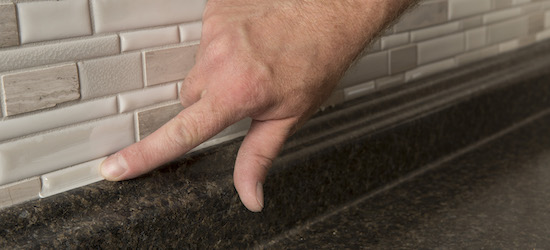– sponsored content –
There is nothing worse than finishing up a beautiful tile installation only to have unsightly problems in the next couple of years such as cracked grout joints, cracked tile, or moisture issues. One of the main reasons for these problems is the lack of movement joints. If the whole tiled installation has no movement joints, all the tile acts as one massive entity that expands and contracts with changing temperature and humidity. The pressure and movement build up until the tile finds its own way of releasing pressure- through cracking or tenting. If a shower does not have a movement joint in the change of plane between the wall and the floor, the grout will crack because each plane is moving independently of the other. If there is a cracked grout joint, water can easily go underneath the installation and cause problems such as efflorescence. Luckily, there are both product solutions and specifications to help your tile installation stay whole.

All tile installations are required to have movement joints to prevent issues like tenting tiles, cracked tiles, or cracked grout. The Tile Council of North America has provided guidelines to help prevent these common tile failures. In an interior area not exposed to direct sunlight, the guideline is one movement joint every 25 feet in each direction; for an interior area exposed to direct sunlight, the guideline is stricter and requires one movement joint every 12 feet in each direction. The added heat from direct sunlight causes the floor to expand and contract more drastically than unexposed areas. For exterior areas, the guideline is a movement joint every 8 to 12 feet. Additionally, every change of plane (floor to wall, inside wall corner, outside wall corner) requires a movement joint. It is important to note that siliconized caulks and silicone sealants will only work when the material is bonded to only two sides. If the caulk or sealant is bonded to the mortar as well as the tiles, it is unable to provide the movement necessary to protect the tile installation.


When filling a movement joint or a change of plane, there are generally two options available: caulks or sealants. Caulks are comprised of a siliconized acrylic latex and form a watertight seal. When dried, caulks are more rigid than the highly elastomeric silicone sealant. TEC® offers two different versions of caulk. The first is AccuColor® Sanded Siliconized Acrylic Caulk which is a sanded formula, color matched to other TEC grouts. The other version of TEC® caulk is AccuColor® Unsanded Siliconized Acrylic Caulk which is an unsanded formula, also color matched to other TEC grouts. They both are water resistant, mold and mildew resistant, and paintable with a latex paint. TEC offers one sealant, AccuColor 100® 100% Silicone Sealant, that allows both 25% joint compression AND expansion when cured. It is the preferred caulk or sealant in showers and submerged areas like pools due to its excellent weatherability, UV resistance, and chemical resistance.
Both caulks and sealants are applied the same way. Before beginning, it is important to ensure the movement joint or change of plane is free from dirt, debris, or any bond breakers. For deep joints install a backer rod to reduce the amount of product used. Next, cut the tip off the tube to the size of the joint and apply a bead of caulk or sealant along the joint by pulling toward you. Finally, smooth the joint with a wet finger or putty knife.
It is imperative that caulks and sealants are applied correctly and in the right environment to ensure your tile installation is protected from cracks, tenting tiles, and efflorescence. These proper finishing steps will help you ensure the quality of your job, avoid costly callbacks and maintain a positive reputation.
Article written by Aaron Michaelson.







